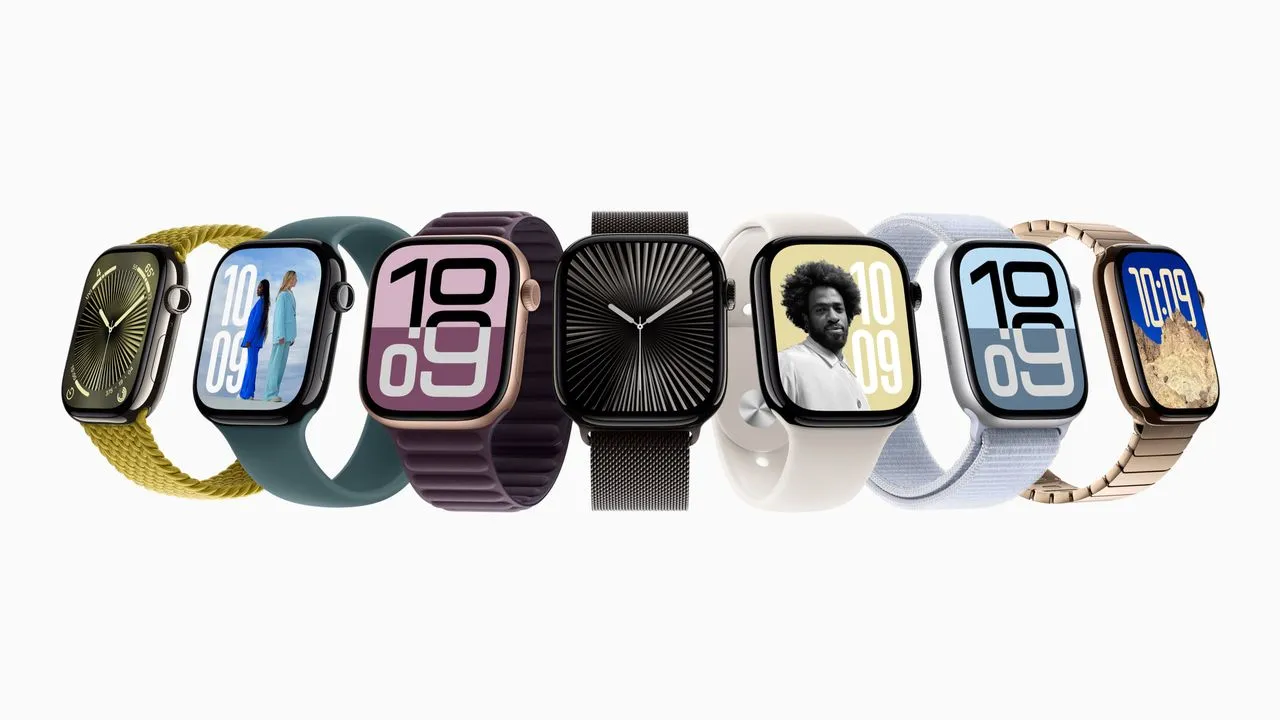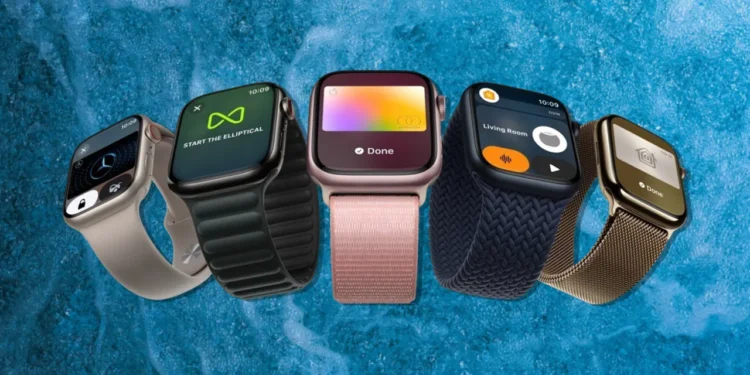Filed earlier this week, the lawsuit criticizes Apple for not disclosing the presence of per- and polyfluoroalkyl substances (PFAS) in some of its Apple Watch bands. These chemicals, often dubbed “forever chemicals” due to their persistence in the environment and the human body, are associated with various health issues and can be absorbed through the skin. The complaint points to a recent study suggesting high levels of these substances in some smartwatch bands, including those sold by Apple, raising alarms about their safety.
The study, while not specifying brands, tested models from prominent companies such as Nike, Fitbit, Google, and Apple. Results indicated that especially the bands in the more expensive categories contained elevated levels of PFAS, with Apple’s popular Sport Band, Nike Sport Band, and Ocean Band for Apple Watch being specifically named in the lawsuit. This has led to a proposed class that includes any U.S. consumer who purchased these specific types of bands.

Apple’s Response
In response to the allegations, Apple has firmly asserted that their watch bands are safe to wear. “Apple Watch bands are safe for users to wear,” the company stated. They elaborated that they engage with independent laboratories to perform rigorous testing and analysis on the materials used in their products, aiming to ensure their safety and reliability.
Despite Apple’s reassurances, the situation presents a troubling scenario for consumers who perceive Apple products as not only high-tech but also safe and reliable. The revelation of potentially harmful chemicals in products marketed for health and wellness could significantly tarnish Apple’s reputation if proven true.

Legal and Consumer Repercussions
The legal implications for Apple could be substantial if the lawsuit proceeds. Beyond the immediate legal challenges, there are broader ramifications for consumer trust and product transparency. This case also highlights the growing scrutiny on the use of PFAS in consumer products, which are not only persistent in the environment but are increasingly linked to health risks.
As the lawsuit unfolds, it will be crucial for Apple to manage the situation carefully. Their approach to addressing these concerns, both in court and in the public eye, may define their future in the highly competitive tech market where consumer trust is paramount.

In conclusion, this lawsuit not only challenges Apple’s practices but also calls for greater transparency and safety in the technology industry at large. As consumers become more aware of the materials in their everyday devices, companies might face increased pressure to not only innovate but also ensure the health safety of their products. This unfolding case could very well be a pivotal moment in tech consumer advocacy, setting precedents for how tech giants disclose material information and handle public health concerns.










